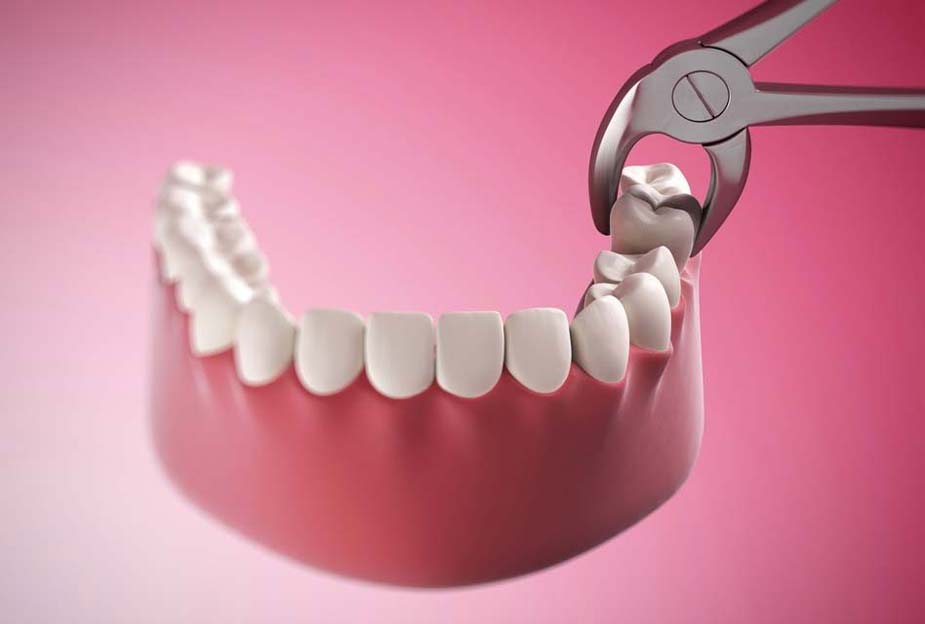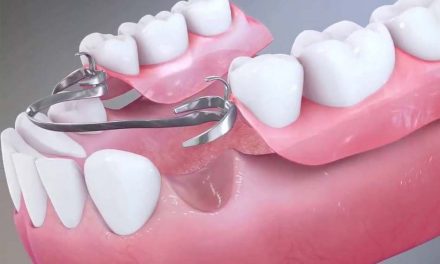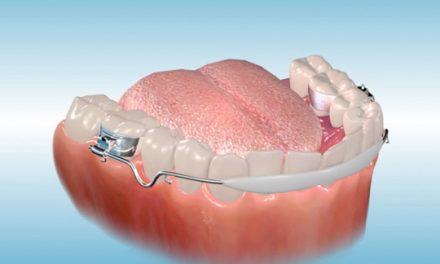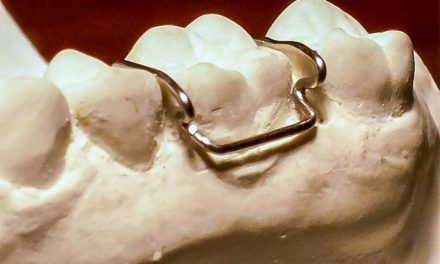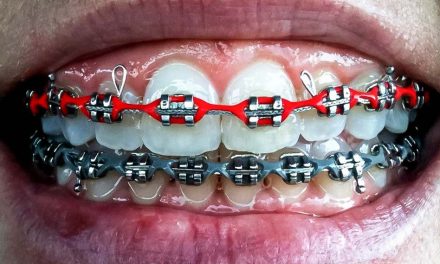An extraction is the removal of a tooth from the mouth. Extractions can be recommended for many reasons; the main one being a cavity that has destroyed enough tooth structure that it cannot be restored anymore. Impacted teeth, such as the wisdom teeth, are also routinely extracted.
Types of Extractions
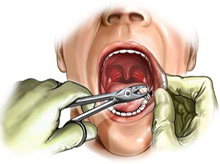 Simple extractions are performed on teeth that are visible in the mouth, that are not excessively damaged by tooth decay, and that can be extracted without complications. The dentist lifts the tooth using an elevator, under local anesthesia, and then proceeds to remove it using dental forceps.
Simple extractions are performed on teeth that are visible in the mouth, that are not excessively damaged by tooth decay, and that can be extracted without complications. The dentist lifts the tooth using an elevator, under local anesthesia, and then proceeds to remove it using dental forceps.- Surgical extractions involve the removal of teeth that cannot be easily accessed, that have very curved roots, or that are considerably destroyed by tooth decay. The dentist clears away the gum surrounding the tooth, as well as the bone tissue. The tooth may be separated in many pieces before the extraction, and stitches maintain the integrity of the gum during the recovery.
Possible Complications
- Infection. The dentist can prescribe antibiotics if needed.
- Prolonged bleeding. The bleeding stops shortly after the extraction, however some blood might seep out up to 48 hours after the procedure. The bleeding can be controlled by placing cotton gauze in the extraction area and by closing the mouth to create a pressure. A wet tea bag can also replace the cotton since the tannic acid that it contains helps the formation of blood clot. Spitting and rinsing should be avoided for the first 24 hours to not dislodge the blood clot and cause a dry socket.
- Pain. There can be pain for a few days; therefore pain killers that the dentist prescribes or recommends should be taken.
- Swelling. If the extraction is complicated, there could be swelling of the face and even change of colour of the skin.
- Dry socket. Following the extraction of a tooth, a clot forms on the bone cavity. Sometimes, this clot is dislodged or takes more time to form, creating a condition called dry socket. This situation is characterized by intense pain, a bad taste in the mouth, and sometimes difficulty opening the mouth. It is emphasized by smoking. Dry socket is a temporary condition that lasts a few days and can be relieved by the placement of a dressing soaked in eugenol in the dental office.
- Paresthesia. Very rarely, during the extraction of a tooth, the nerve is touched, causing a loss of sensitivity that usually affects the tongue or the bottom teeth. The loss of sensitivity is rare, and is generally temporary, though exceptionally could be permanent.
References
- Wikipedia, (www.wikipedia.org).
- WebMD, (www.webmd.com).

